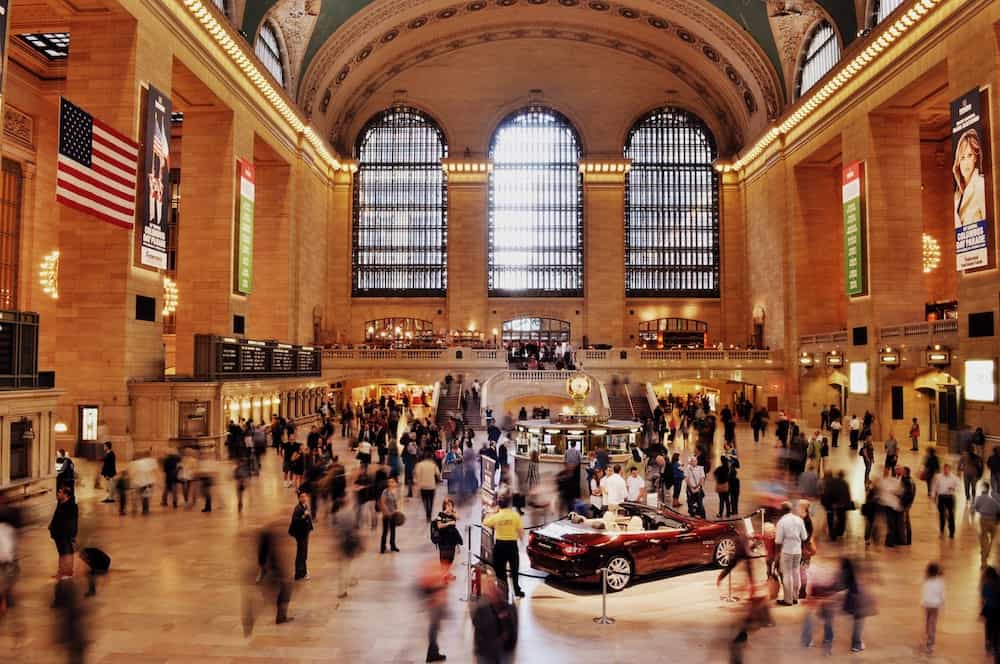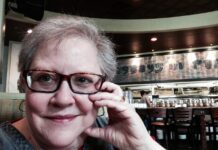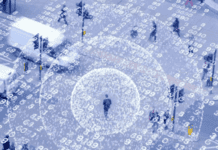
Movement is momentum, momentum is energy, and energy is what you want and need in every meeting or event that you plan.
When I see a mobile created by American artist Alexander Calder—and gaze at the connections, the deliberately planned labyrinth and design that is engineered for a ball to move through or a blade to turn—I am amazed. This same holds true for those responsible for people movement.
There has always been much discussion and effort put into meeting design, exhibit design and production design. After all, where people are guided to stand and how a space is planned for movement is all part of the visual dynamics of the live experience. Movement is art, and therefore, movement within a meeting or event is an art form. Did you ever see a video of a major train station like Grand Central in rush hour on fast forward? Or slowed down? The visual of people moving in and out, stopping, discussing, connecting and moving on is like a dance.
For the experience designers and creative directors out there, movement and how people will move within the confines of a physical space is the foundation to any design. Room size, ceiling height, booth dimensions, location in a hotel or physical location in a conference center or exhibit hall, all contribute to the design concepts for your specific objectives.
When I wrote my book, “What Color is Your Event? The Industry Resource on How to Think and Plan Creatively,” I discussed three areas that the planner focuses on—visual dynamics, kinetic engineering and risk management—as the primary focus in building and architecting an event experience. The experience we create through a meeting or event needs to be carefully designed and requires vision, thought and creativity. It demands a deep understanding of the goals and characteristics of the people living, working and assembling in the physical space.
There are strategic, logistic and creative considerations involved and the most seasoned planner unconsciously identifies with words like theme, design, messaging and flow—all in the spirit of achieving objectives and goals. In order to be successful, the event professional must master these three core concepts:
Visual Dynamics
This includes everything the attendee will see that connects pre-event, onsite live event and post-event experiences from the first-impression graphic to the parting amenity bag and everything else following. What we see we retain over 80 percent of, so make the visual dynamic an emotional connection.
Kinetic Engineering
This ties the idea of design to the principle of movement by design. You can do just that by ask yourself these questions:
- What is the energy flow in the room? (Debra Duneier of EcoChi has lots to say on this, an expert in the Feng Shui of meeting room and space design.)
- How are the traffic patterns in the space?
- What direction will people be moving in?
- Where is the sun setting?
- Are there obstructions? Or opportunities with columns and other building elements or adornments?
- How will the physical placement of furniture, staging, food and beverage, displays, entrance, curb appeal and audiovisual elements affect the first and last impressions?
- Are you treating each of these as a part of the overall design down to the parking meter on the streets if transport is involved?
- Are you allowing for people to sit, stand, dance, interact and learn, depending on the gathering?
- Is there a quiet zone?
- Is there white space?
Risk Management
This is a critical part of design that affects movement and momentum. Where the exit and entrance doors are and what the local rules are for space and physical distance from the doors depends on where you are—for instance, New York versus San Francisco have different requirements.
For risk management, understand what the guidelines are, what cannot be done and where the power sources are, as each of these affect physical choices that affect the overall momentum of the event.
In closing, enjoy this process of entertaining the eye and creating a lasting impression and having the opportunity to move your attendees in more ways than one.










